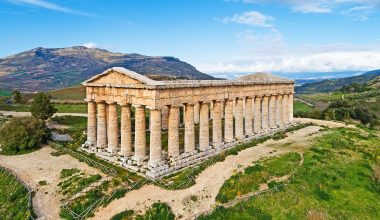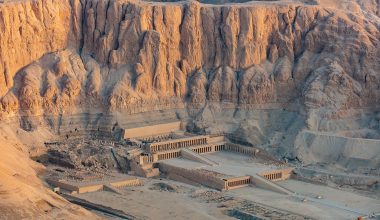Imagining a city underwater is more like a dream. No one could ever imagine that a human settlement existed that went underwater. But it’s true; here are 20 underwater cities of the ancient world.
Underwater Cities
1. Olous, Greece
An amazing archaeological site found on Crete Island in Greece on the northern shore is Olous. A great vacation spot for couples, families, as well as friends that relaxes one’s mind completely, is Olous. The swimming, spas, and beaches add beauty to this place and attract more and more tourists. Presently, the city has turned into a buried city underwater and only traces of buildings and walls are left.
These underwater cities existed from 3000 to 900 BC, the city was lively, flourishing, and had its own currency and water facility. The great gods of Greece were worshipped in this well-to-do city and carnivals in tribute to God Britomartis were carried out. It is alleged that to safeguard the gold and jewels of the city, people formed 100 fountains. Out of which 99 fountains had only water and one had all the treasure. 99 wells are found whereas this valuable well is still not discovered.
Also Read: Top 10 Most Influential People In The History
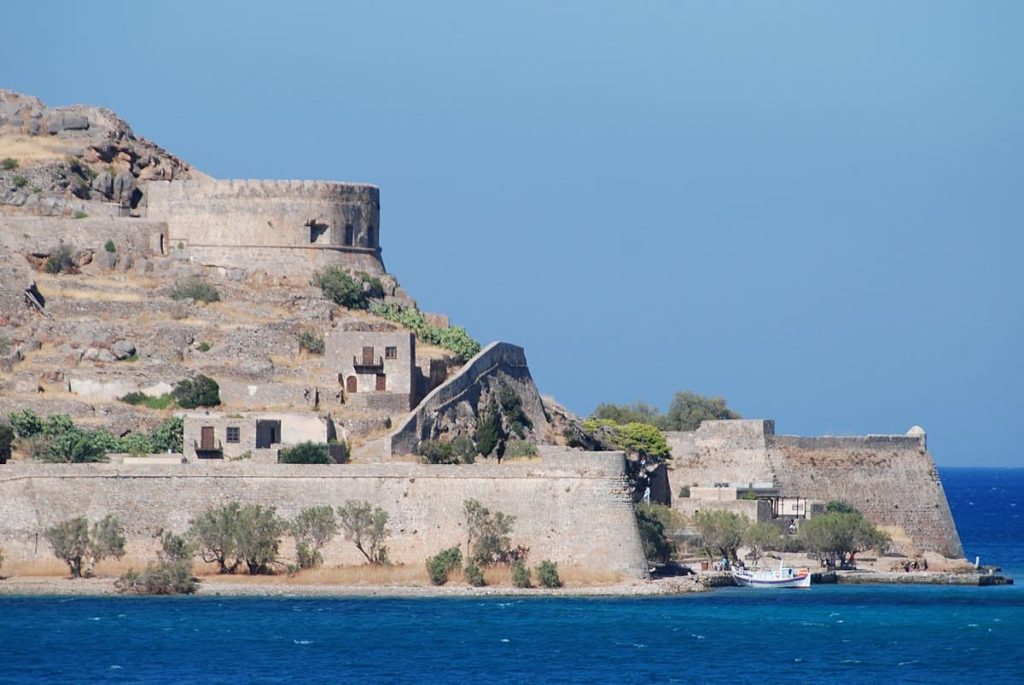
Image Source: Wikimedia
2. Heracleion or Thonis, Egypt
Sunken underwater, Heracleion City is one of the underwater cities that was undiscovered and secreted underwater for thousands of years. Remains of granite, 70 anchors, heaps of gold, 64 ships, remains of the temple, and statutes of 16 feet along with many other valuable things were discovered by archaeologists.
By remains, it is calculated that these remains are more than 2300 years old. The luxurious Heracleion city had a great network of canals, temples, and bridges along with an enormous port that was used for trading all around Egypt and many sanctuaries. How this majestic city became underground is still a great mystery.
Also read: Top 10 Oldest Temples In The World
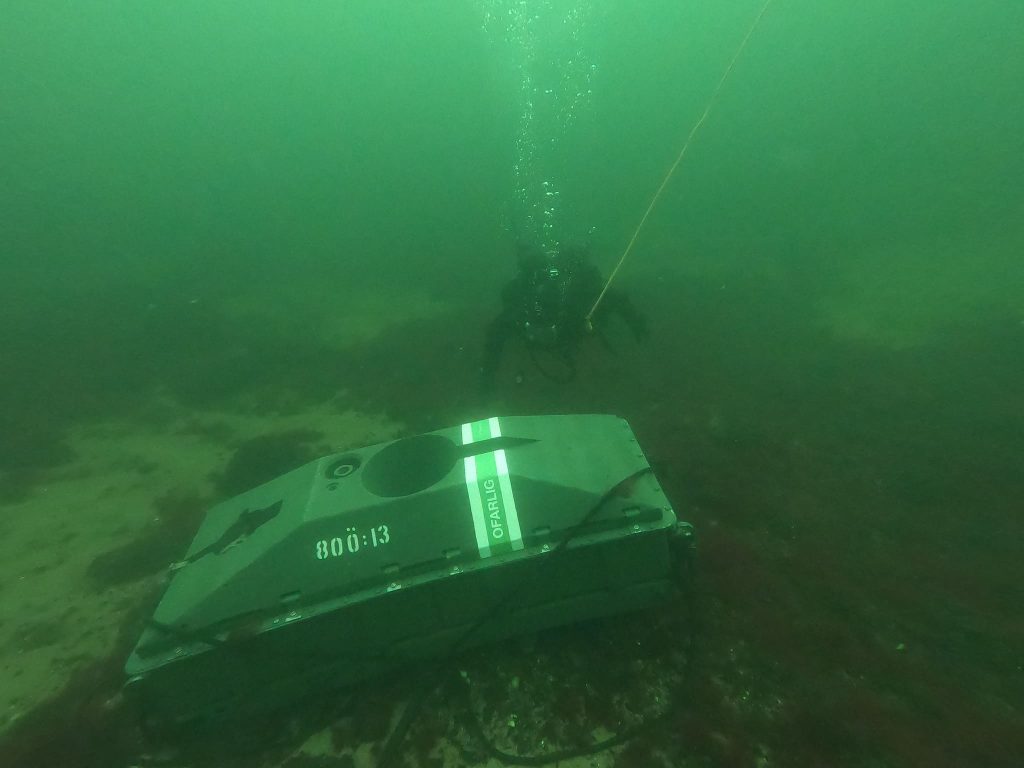
Image Source: Commander, U.S. Naval Forces Europe-Africa
3. Shicheng, China
Built around 1300 years ago, Shicheng was a city constructed in 25-200 AD under the control of the Qing and Ming Empires and is also renowned as Lion City. Around 42 years ago, the existence of this city located under the Qiandao River was ruined but the Chinese Government started initiatives to recover this city.
After a tour of this underwater city, the divers concluded that all the royal buildings and monuments mostly made of golden walls along with wooden work depicting the best and most astonishing architecture of Chinese ancient culture is still not damaged at all. With beautiful stone buildings, long roads, and various architectural gates, the city appears astonishing.
Also Read: Top 10 Most Amazing Pyramids in Mexico
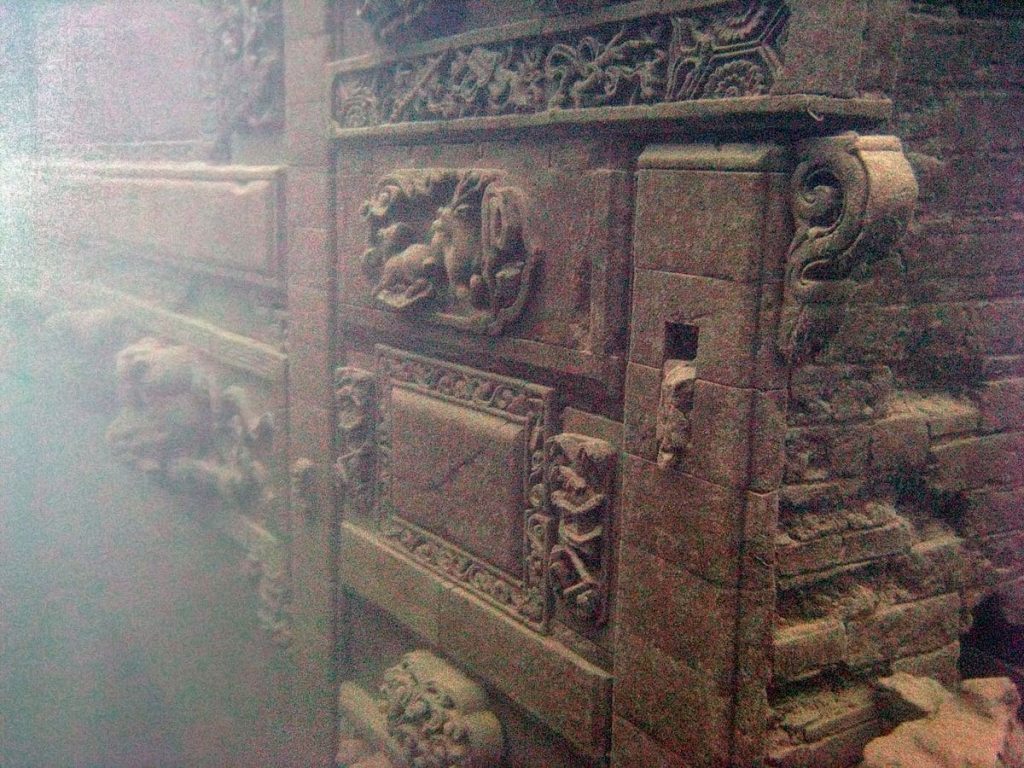
Image Source: Wikimedia
4. Port Royal, Jamaica
A city of richness and trade present in Jamaica is Port Royal which was earlier known as Cagway and was initially under the control of Tainos and later on by Europeans. Though the capital of Jamaica was Spanish Town still Port Royal was a very integral part there. with various brick-walled multi-storied houses, this city was fully indulged in the activities of prostitution, drinking, slavery, and liquor. A major activity of trade involved fishing which was the major reason for the richness of the city. But two rapid earthquakes destroyed the city and after the second one, the city got tilted at a 45-degree angle.
Also Read: Top 10 Most Famous Monuments Of Ancient Egypt
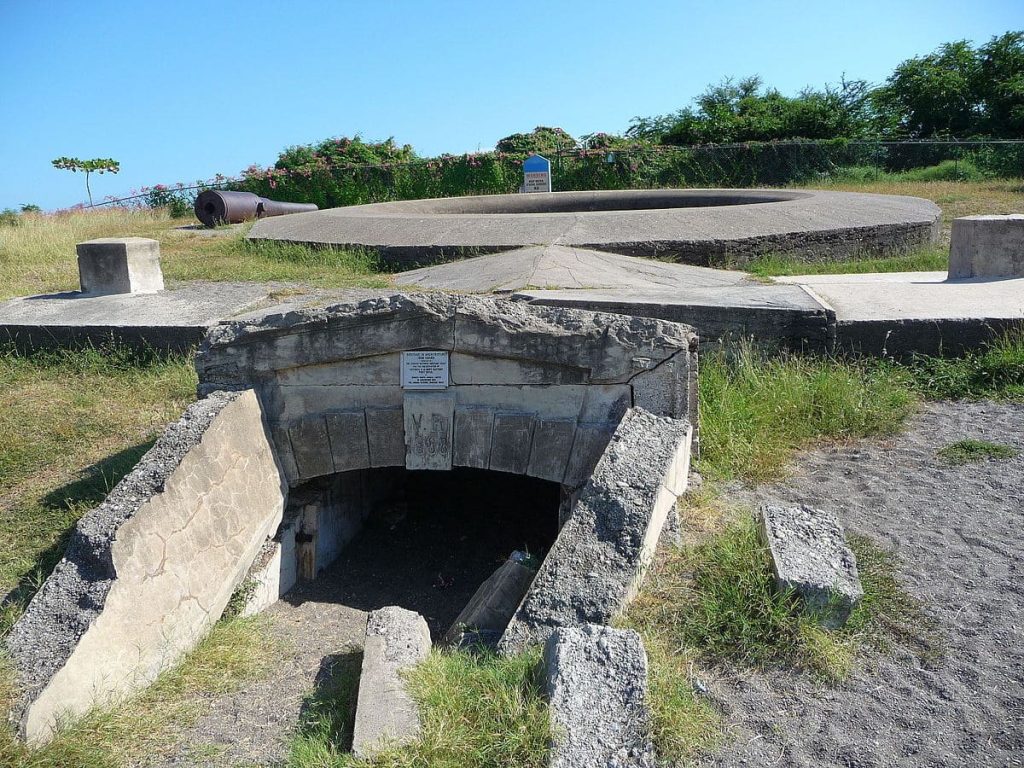
Image Source: Wikimedia
5. Yonaguni Jima, Japan
Ruined because of the earthquake, Yonaguni Jima located near Taiwan Island went underground 2000 years ago. Discovered in 1987 by some divers this immense city is one of the extraordinary sites present underwater. This 50-meter-long city was shaped like a pyramid and is present 25 meters deep underwater. According to archeologists, this naturally created site along with some natural stairs has always been a topic of discussion among discovery channels and also attracted people about the past of this building.
Also Read: 10 Most Famous Prehistoric Cave Paintings

Image Source: Wikimedia
6. Lake Titicaca Temple, Peru
Originating about 60 million years ago, Lake Titicaca flows between Bolivia and Peru and is a resident of more than 530 types of water animals. One of the most adventurous trips a person can ever have in his life is a trip to Lake Titicaca. Along with ruins of almost 180 buildings a temple is known to still exist in this beautiful lake. Built around 1000 years ago by Tiwanaku residents, with 660 feet long in length and 160 feet in width, an 800-meter-long road is known to be present in this temple along with villages, farms, and terraces.
Also Read: 10 Longest Rivers In Europe
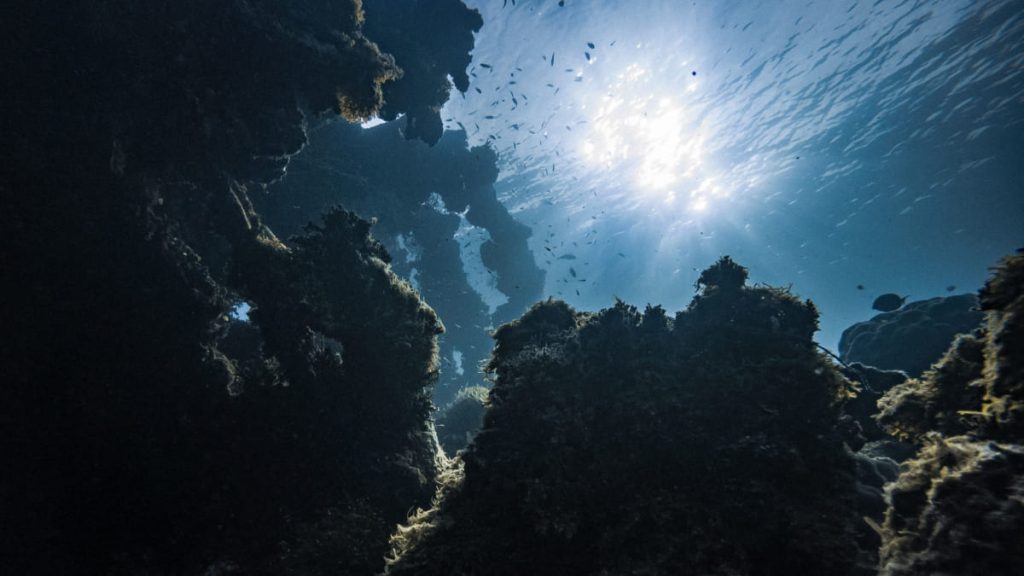
Image Source: meditationretreatperu
7. Dwarka, India
Present in the North Western region of Gujarat in India, Dwarka is one of the sacred places for Hindus. Renowned as a part of four Dhamas in India, Dwarka was founded by Lord Krishna and it also signifies the Gateway to Heaven. With 900000 imperial gold, silver, and crystal forts, wide decorated roads, rare rivers, and parks, this city was extremely beautiful and astonishing.
Being so a beautiful residence of Lord Krishna and one of the holy places of India, the information about this blessed city is present in various holy books like Vishnu Purana, Mahabharata, Shrimad Bhagavad Gita, and many more. Unfortunately, at the beginning of the Kali period after the departure of Krishna, this city got submerged in the Arabian Sea around 9000 years ago.
Also Read: Top 10 Most Beautiful Lost Cities

Image Source: Wikimedia
8. Gulf of Cambay, India
Present around 9500 years ago, archeologists believe that the Gulf of Cambay was the oldest city among all underwater cities of India and is located on the Arabian Sea having linkage to Gujarat and Bombay. Discovered unintentionally by the divers, the Gulf of Cambay is about 5 miles long and 2 miles wide. Sonar scanning technology was used to reach the bottom of the sea in which the sound waves were used to identify the enormous sites and monuments.

Image Source: Wikimedia
9. Pavlopetri, Greece
Existing 5000 years ago, Pavlopetri is the oldest underwater site in the world. Present 4 meters deep under the sea, the city was unknown till 1967. With proper and incredible streets, tombs, and architecture the city appears well-maintained. The reason for the submerging of this incredible was the earthquake and the rise of the water level in the sea. The University of Cambridge 1968, found graves, streets, buildings, and tomb remains with the help of their special team.
Also Read: 10 Most Amazing Ancient Egyptian Temples
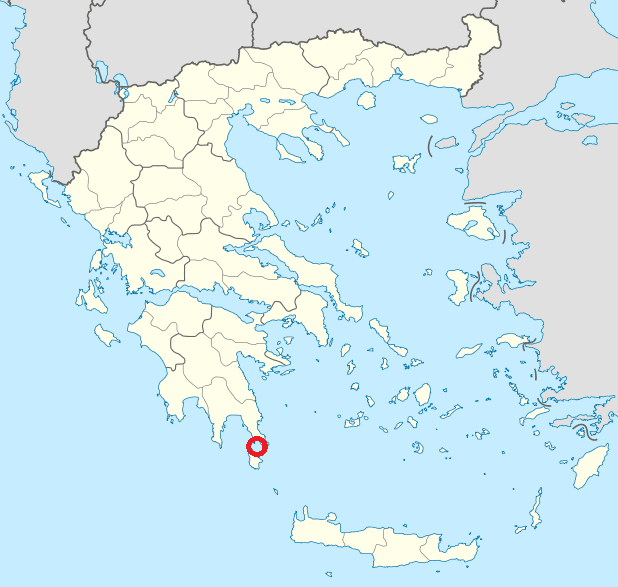
Image Source: Wikimedia
10. Aegean Sea Ruins
Found around 4500 years back, a great Bronze Age city was found in the Aegean Sea. The city of Kane was founded by a team of researchers in 2005 which was a great trade city at times. Lying between Greece and Turkey, the Aegean Sea flows 380 miles long. Spread over 12 acres, the Bronze Age city flourished with tools, art pieces, defense materials, and pathways. Three unique defensive horseshoe type of structures were found attached to the walls which were thought to serve as a safety for the region.
Also Read: Top 10 Best And Most Popular Historical Periods
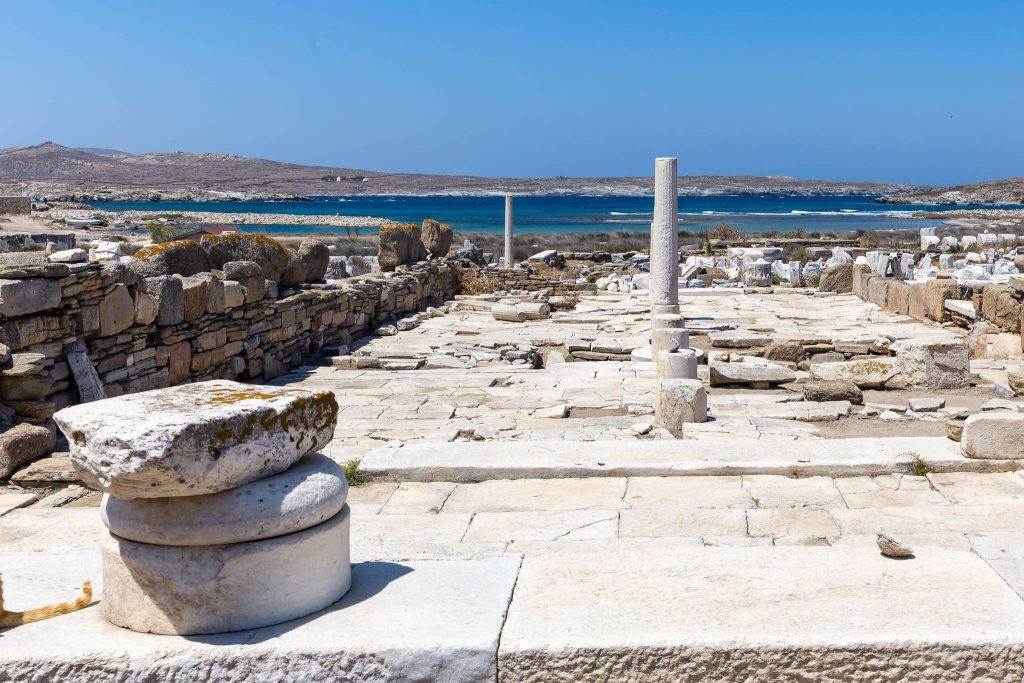
11. San Roma de Sau
A thousand-year-old village nestled in Catalonia, Spain, faced an unfortunate fate in the 1960s when it succumbed to floods. Positioned between Barcelona and the French border, the entire village became submerged. In response, the residents relocated, ensuring they brought their possessions and even exhumed the remains of their loved ones from the cemetery. Amid the submerged landscape, a poignant sight remains—the church spire defiantly rising above the water’s surface. During high water, only its peak is visible, creating an eerie spectacle. Yet, during low water levels, the entire church and glimpses of other structures emerge, revealing the haunting remnants of a lost community.
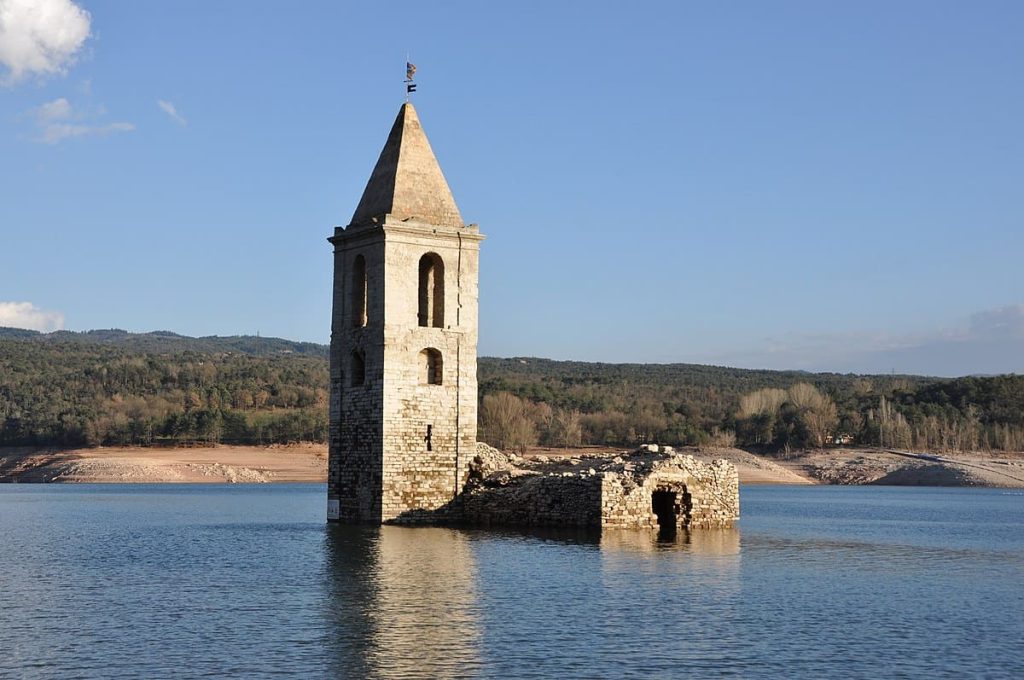
Image Source: Wikimedia
12. Villa Epecuen
From the ancient sunken city to a more recent tragedy, Villa Epecuen started as a tourist haven 370 miles from Buenos Aires, resting beside the salty Lake Epecuen. Flourishing as a resort town, its prosperity abruptly halted in 1985 due to an uncommon weather occurrence that breached the lake’s dam, triggering destructive floods. Slowly but surely, over the next eight years, Villa Epecuen succumbed to the rising waters, completely submerged by 1993, with 33 feet of water engulfing it. While the water has partially receded, what remains is a ghostly city grid, lifeless trees lining once-vibrant streets, and a deserted marina. Remarkably, reports suggest one person still resides there. However, there is no evidence to prove that fact, no one knows who that person is.
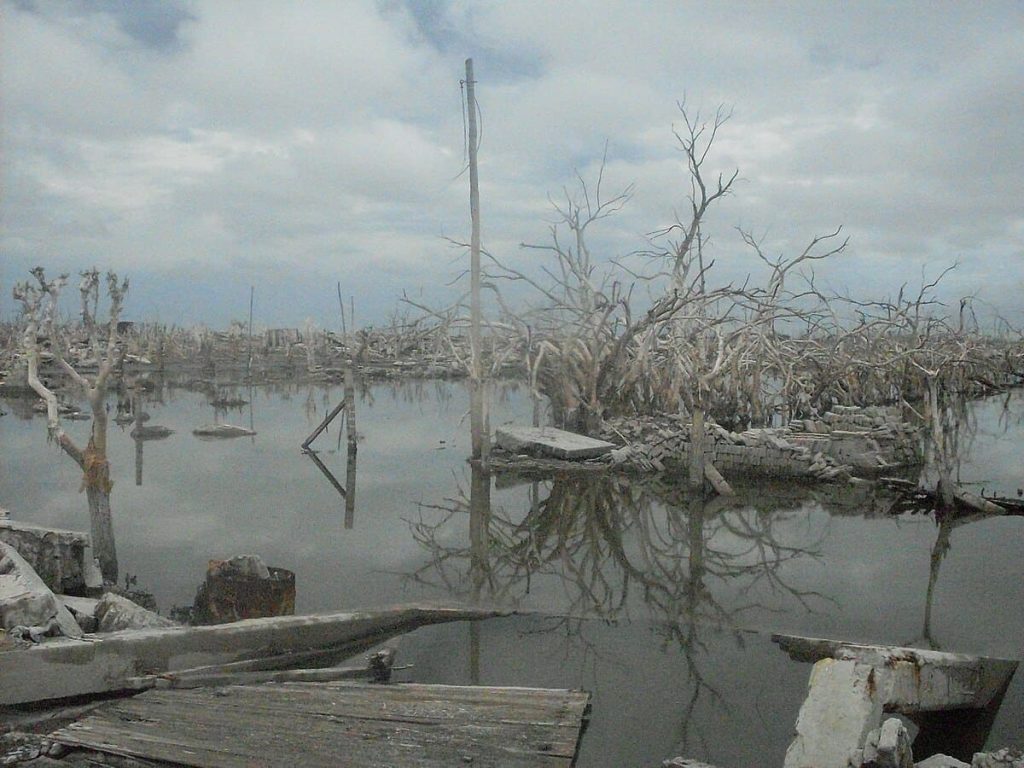
Image Source: Wikimedia
13. Baia
Once this city was a buzzing hub rather than a pirate haven. Baia, often called the Las Vegas of ancient Rome, submerged beneath the waves. Positioned 18 miles from Naples on the Mediterranean coast, it drew hedonistic Romans to revel in its pleasures. Unfortunately, like many vibrant cities, it met its watery fate, likely due to the area’s volcanic activity. Surprisingly, the 2,000-year-old remnants remain remarkably preserved underwater. Complete with statues, houses, and temples, much of the city lies less than 20 feet deep, some parts even peeking above water. Snorkeling enthusiasts can explore this archaeological marvel in an underwater park.
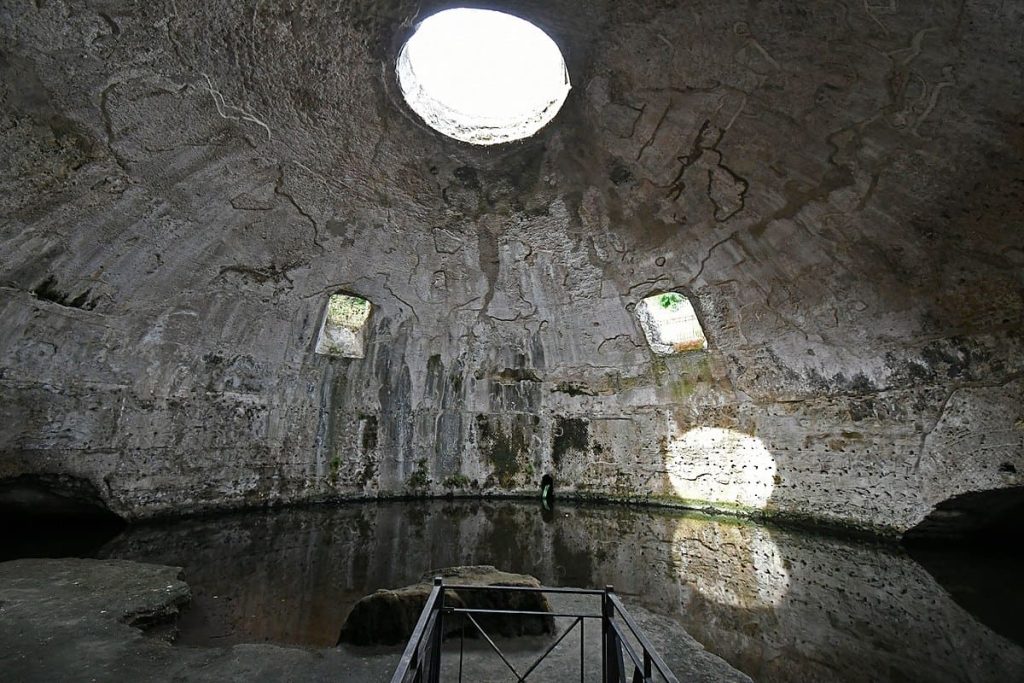
Image Source: Wikimedia
14. Tiquina
In 2000, researchers exploring Lake Titicaca, the world’s highest navigable lake stretching across Peru and Bolivia, stumbled upon an extraordinary discovery. Submerged beneath its surface, they unveiled a 660-foot long, 160-foot-wide temple, a terraced crop area, a pre-Incan road, and a substantial 2,600-foot wall. Situated 90 miles northeast of Bolivia’s capital, La Paz, this site is believed to be an ancient temple complex dating back 1,000 to 1,500 years. A mere nine years later, another revelation emerged—a submerged “reef” in the lake adorned with ancient artifacts, including gold and semi-precious stones, further deepening the enigma of a submerged civilization beneath Lake Titicaca.
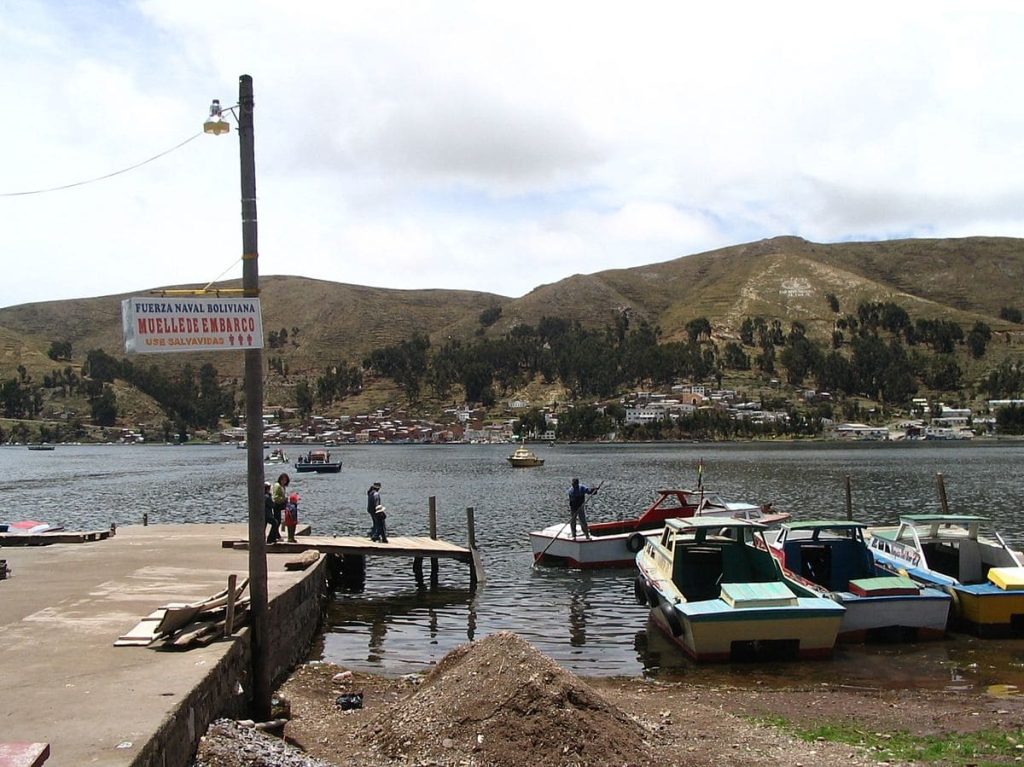
Image Source: Wikimedia
15. Lago di Vagli
At the bottom of a lovely lake in the Tuscan countryside lies a medieval town, similar to the mythical Scottish village Brigadoon. This 12th-century town, Fabbriche di Careggine, was submerged in 1953 due to a dam project. Interestingly, the legend comes alive when the reservoir is occasionally emptied for maintenance. During these times, the ancient medieval village reemerges, almost as if time stands still, showcasing its centuries-old charm. The town, hidden beneath the water for most of the time, gets a brief moment to remind the world of its past, creating a magical scene akin to the fabled village that appears only once every 100 years.
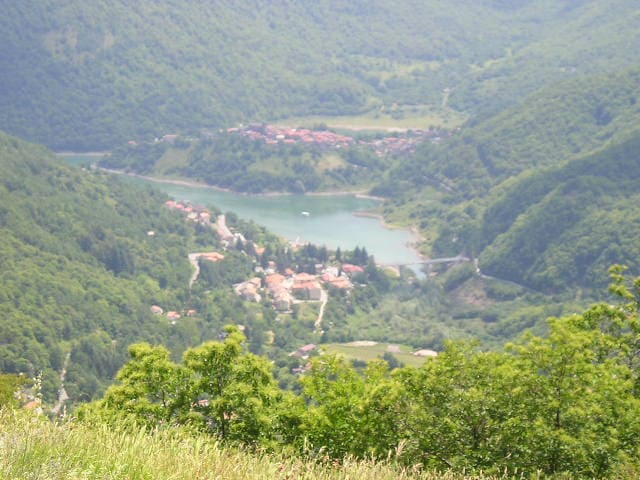
16. Phanagoria
One of the underwater cities established circa 540 B.C., Phanagoria, once deemed ancient Greece’s largest city and the Bosporan Kingdom’s capital, sprawled over the Taman Peninsula in the Black Sea, now within Russia’s borders. Today, a significant portion, one-third precisely, of the original city lies submerged in the Black Sea, while the remaining two-thirds rest on land. This vast archaeological site, encompassing both dry and wet areas, continues to unveil discoveries. The exploration of Phanagoria offers insights into a bygone era, allowing historians and archaeologists to piece together the rich history of this ancient Greek city and its connection to the Bosporan Kingdom.

Image Source: Wikipedia
17. Atlit-Yam
Among the many ancient underwater cities, one stands out with a strong claim to being the oldest. Off the coast of Israel in the Mediterranean Sea, this Neolithic settlement, dating back around 8,000 years, was discovered in 1984. It rests 30 feet beneath the water’s surface. Interestingly, in this submerged world, researchers found structures, graves, and even some ancient skeletons. The most astonishing discovery was seven megaliths arranged in a circle, akin to an underwater Stonehenge. It’s believed that an earthquake and ensuing tsunami led to the submersion of this settlement and its ancient civilization. It still preserves a fascinating glimpse into the past.
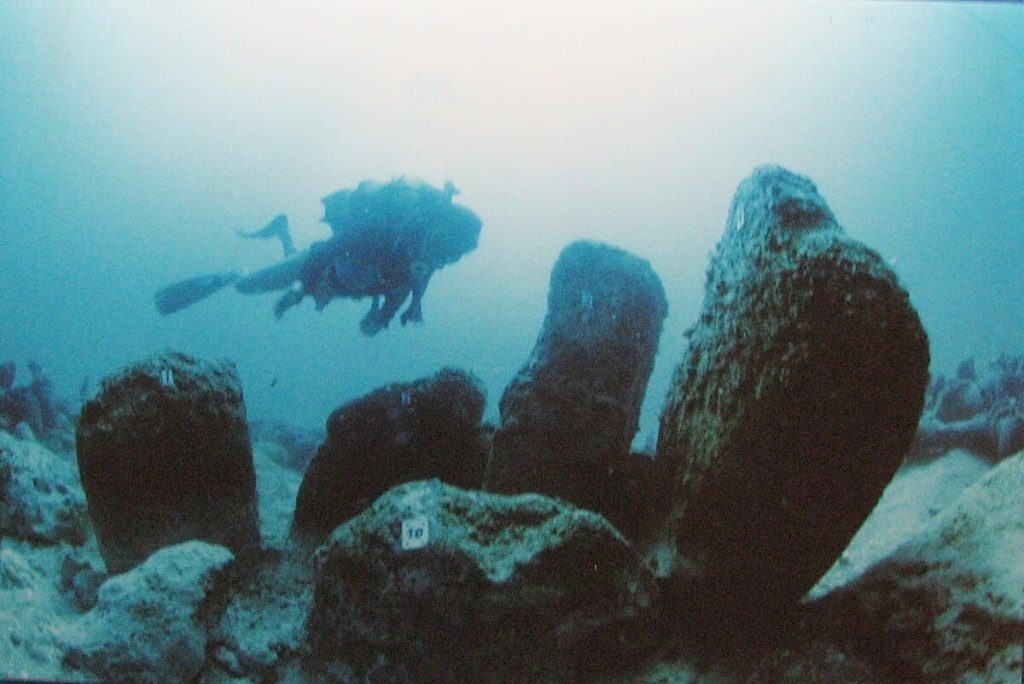
Image Source: Wikimedia
18. The Lost Villages
In the 1950s, the construction of the St. Lawrence Seaway and the hydroelectric project required building a dam between Cornwall in Ontario and Massena in New York. However, this meant nine villages would be submerged. With advance notice, people were able to move their houses by placing them on trailers, saving some public and iconic buildings. When the region was flooded, these nine villages became known as the Lost Villages of Ontario. To honor and remember these communities, a museum in Long Sault, called the Lost Villages Museum, preserves their memory and history, ensuring that the stories of the submerged villages are not forgotten. Interesting, isn’t it?
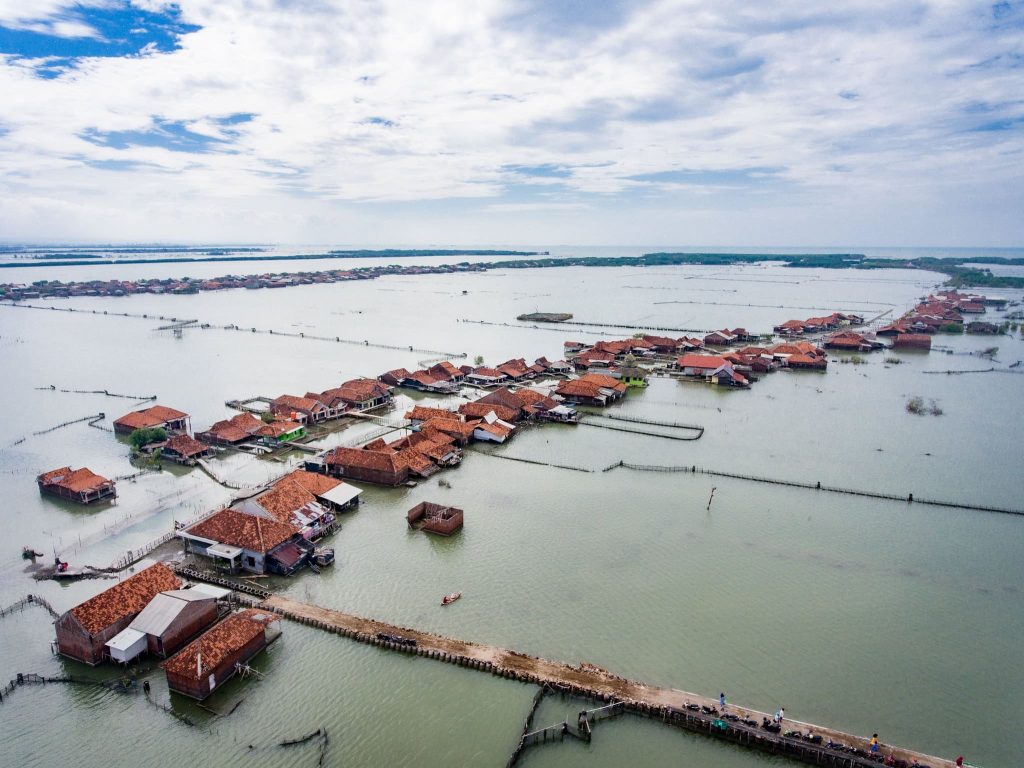
Image Source: Cifor
19. Derwent
When they started building the Ladybower Reservoir, it meant the village of Derwent would end up underwater. Like other underwater cities, Derwent wasn’t wicked, just unlucky to be in the way of a drinking water reservoir. In hot, dry summers, the water levels in the reservoir drop, revealing the usually submerged village. It’s a strange sight, with gateposts and streets emerging, creating an eerie atmosphere. People can walk through the village during these times, witnessing a hidden world that surfaces when the water recedes. Despite being lost to the reservoir, Derwent’s remnants briefly resurface, telling a tale of a bygone valley community.

Image Source: Wikimedia
20. Caral
Once thought to be the oldest urban center in the Americas, Caral lost that title to even older sites like Bandurria in Peru. The interesting part is, that in the excavations of Caral, there were no battlements, weapons, or mutilated bodies found. This led experts to believe that the people of this ancient city were part of a peaceful society. They were likely engaged in activities like trade, music, or simply enjoying life. Caral, now uncovered, tells a story of a gentle and sophisticated community, challenging previous ideas about early civilizations in the Americas. It’s a place where commerce, music, and pleasure play key roles.

Image Source: Wikimedia
These are the top 20 underwater cities of the ancient world. Kindly share and post your comments.



